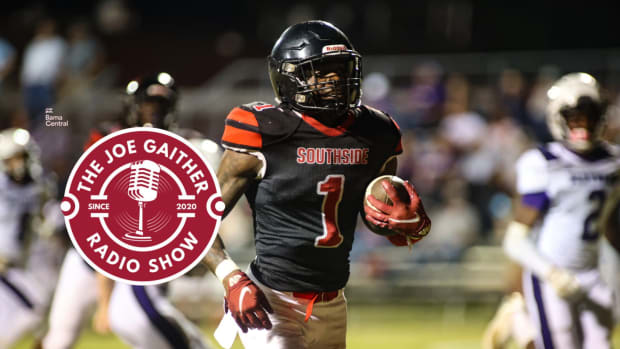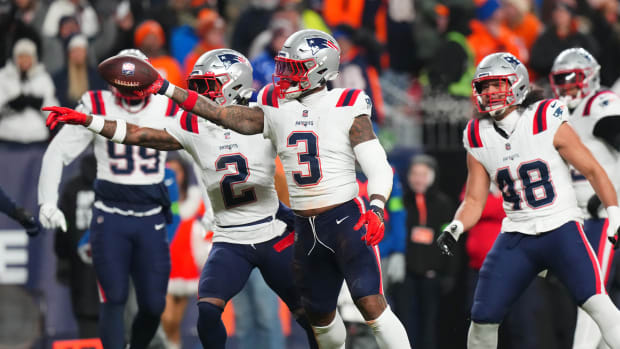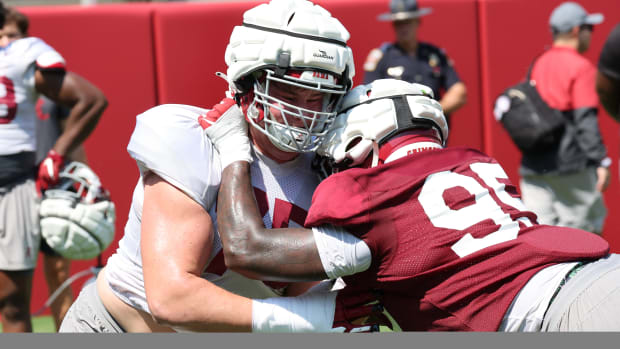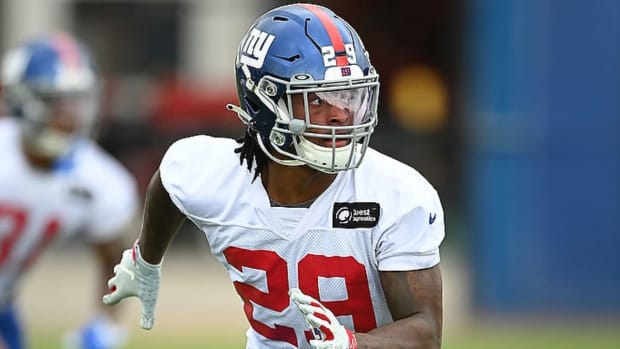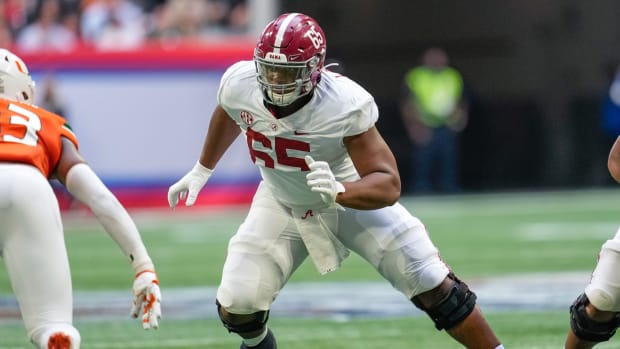H2 For You: What College Basketball's Makeover Means Big-Picture
Conference-to-conference, team-to-team, endorsement deal to, well, another endorsement deal. That’s the newest model of the NCAA student-athlete, thanks to lax transfer rules and NIL, and that’s great.
Well-deserved and past-due.
But the topics stale at the water cooler, where conversation congregates, until more particulars surface. At least for me.
A new M.O. means different things for different sports, though, as the ripples may stop for some and not for others like, say, college basketball, the sport for which fate is never not questioned.
Its regular season assumed as grease to America’s wheels for the most redemptive postseason, the NCAA Tournament, college hoops captures the attention of all for an entire month, eliciting excitement, spotlighting stars and—perceptually, at least—furthering a fabled-like belief of certain programs’ secrets of the state-ish cover-up and behavior.
Or the illusion of.
Sure … some schools (did) cheat. No longer as incentivizing, though, as of July 1.
Ultimately that’s what college basketball is about, not the corruption, but the build, the anticipation of seeing what team outlasts and outduels the rest to lift an underwhelmingly unattractive trophy at the end of a craze-filled few weeks.
There’s a not-so-subtle trend, too: the national champion invariably shares traits with its predecessors. Like strong-backed guards able to carry others when called to, the cohesiveness and experience of the group, and usually one or two NBA-ready players capable of delivering a bucket when the time comes, when the wise guy spouts, from his couch, ‘Coffee is for closers!’
i.e., when his servings stop.
Yet some things in the winning template are subject to change. And some could help reshape the game’s future on a broadened scale, thanks to recent developments.
Evolution, etc.
Ease of access into the NCAA Transfer Portal, the number of players in said situation, and unfavorable postseason performances for young, one-and-done-led teams means productive players wanting to leave their school are the trendy stock on the market.
Could be; should be. Transfers are possibly the surest bet compared to most high school prospects, many of which requiring more than a month and a meal in college.
Of course the Baylor Bears are reigning national champions, too, considering 54% of their points were scored via transfer players.
Head coach Scott Drew might’ve just led college basketball’s long-haired Beatles who foretold hippies and hitchhikers, their matchup in the title game to undefeated Gonzaga being a post-dated metaphorical appearance on “The Ed Sullivan Show.”
Baylor inadvertently represented a trend that was not yet nationally recognized, and showcased a soon-to-be philosophical shift in front of the whole country. All-American point guard and one-time Alabama signee Jared Butler being Paul McCartney, the front man.
The quantity of transfer players was it.
Want to lessen the blow of more roster turnover than usual? Supplement it with experienced, proven transfers who are much easier to evaluate, with games more accessible leading up to reciprocated interest.
The transfer market used to be icing for the cake, but now it might be equal parts icing and cake. It used to be seen, as of last season even, as an explorable avenue when you needed one more piece, one more player to be the corner of your college basketball puzzle.
Predictably, more time by coaching staffs will be spent on transfers—sophomores, juniors and seniors of all Division I school-types—and the risk will be lower, with less of an adjustment for said players arriving to campus.
Think about it: would you rather recruit a highly-rated prospect known to ‘take time’ in one-to-two years on campus, or pursue a proven product with, in some cases, big-game experience in March and multiple years of eligibility remaining?
You lose, say, four starters from the previous season and you can only sign one. The answer easier?
Should be rhetorical, but it’s not exactly surface-level analysis. There are more aspects to consider, like high-level college programs valuing the promotional side of things when their young, raw player(s) are drafted high to the NBA out of barely more than forecast.
The challenge of college basketball coaches is creating congruency in a temporarily incongruent climate, a disturbed habitat from what things were.
Some will adjust better than others and, like Drew, some will dive head-first into the deep end of unknowns and unproven methods.
Like Alabama coach Nate Oats, whose recruitment of transfers early on was viewed as more necessity than choice. He had to quickly turn over the roster in Tuscaloosa, and did.
But entering year three, it's clear he realized the value and disparity of experience between 'immediate contributor' and 'developmental project.' You want both tied to your reputation as a coach, I'd imagine, but depending on the caliber of program, it may be an unbalanced equation.
Win-now teams will always be the main culprits of the transfer portal raid, and programs looking to redefine the foundation will likely opt for multi-year high school prospects.
All opinion, a somewhat educated one, until hindsight is available.
Though, in 2021 and beyond, I believe national championship contenders will closer resemble free-agent destinations than spin-offs of Hoosiers.
And that's OK.
That's the good type of change.
